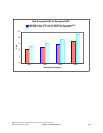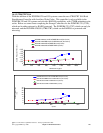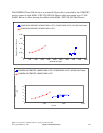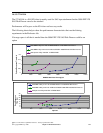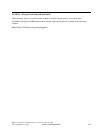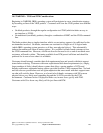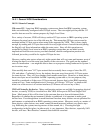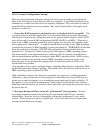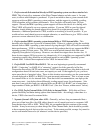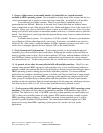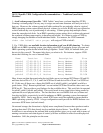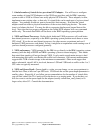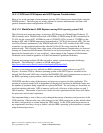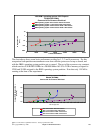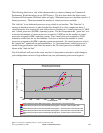
14.5.1.2 Generic Configuration Concepts
There are several important principles to keep track of in terms of getting good performance.
Most of the following are issues when the disks are configured. A great many problems can be
eliminated (or, created) when the drives are originally configured. The exact nature of some of
these difficulties might not be easily predicted. But, much of what follows will simply avoid
trouble at no other cost.
1. Ensure that RAID protection is performed as close to the physical device as possible . This
is typically done out at an I/O adapter level or on the external disk array product. This means
that either the external disk's configuration tools or (for internal disks assigned to VIOS) VIOS'
tools will be used to create RAID configurations (RAID5, RAID10, or RAID1). When this is
done, as far as IBM i operating system disk status displays are concerned, the resulting virtual
drives appear to be "unprotected." It might be superficially reassuring to have IBM i operating
system do the protection (if IBM i operating system even permits it). WRKDSKSTS would then
show the protection on that path. DST/SST disk configuration functions would show the
protection, too. However, it is better to put up with what appears to IBM i operating system's
disk status routines to be unprotected devices (which are, after all, actually protected) than to
take on the performance problems of doing this under IBM i operating system. RAID recovery
procedures will have to be pursued outside of IBM i operating system in any event, so the
protection may as well go where the true physicality is understood (either in VIOS or the
external disk array product).
Note also that you also want to configure things so that the outboard devices, rather than VIOS,
do the RAID protection whenever possible. This enables I/O to flow directly from the device to
IBM i operating system as directed by VIOS.
High Availability scenarios also need to be considered. In some cases, to enable appropriate
redundancy, it may be necessary to do the protection a little farther away from the device (e.g.
spread over a couple of adapters) so as to enable the proper duplexing for high availability. If
this applies to you, consult the documentation. Some external storage devices have extensive
duplexing within themselves, for instance, which could allow one to keep the protection close to
the device after all.
2. Recognize that Internal Disks remain the "gold standard" for performance. We have
consistently measured external disks as having less performance than 520 byte, internally
attached disks. However, the loss of throughput, with proper configuration, is not a major
concern. What is harder to control is response time. If you have sensitivity to response time,
consider internal disks more strongly.
IBM i 6.1 Performance Capabilities Reference - January/April/October 2008
© Copyright IBM Corp. 2008 Chapter 14 DASD Performance 217



